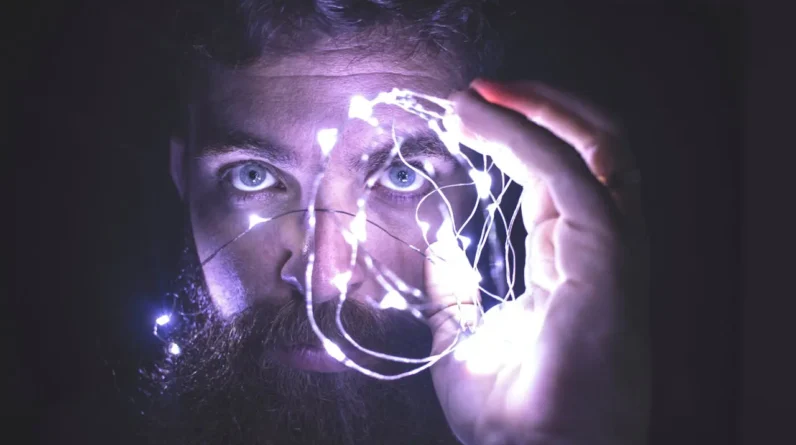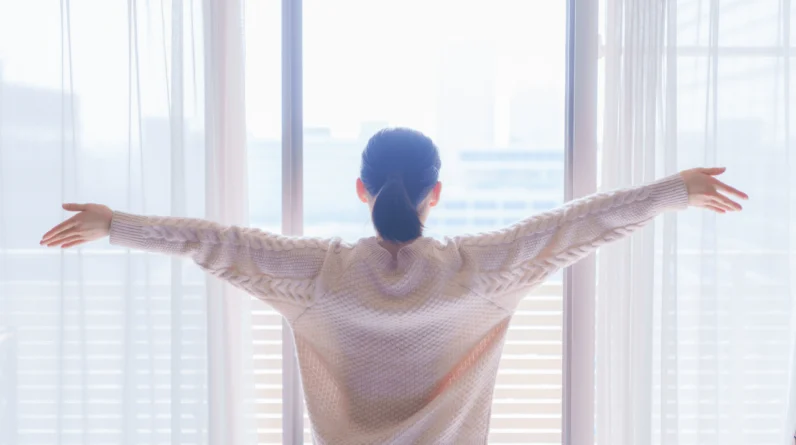
When was the last time you let loose and played like a kid?
I’m not talking about structured activities like a workout class or your typical game night—though those are fun too.
I mean the kind of play where you:
- completely forget about your to-do list
- laugh so hard your stomach hurts
- lose track of time because you’re completely in the moment
For most adults, it’s been far too long.
Here’s the thing: play isn’t just for kids.
It’s a powerful tool for healing, especially when it comes to connecting with your inner child—the part of you that still holds the joy, wonder, and sometimes the pain of your younger self.
If that inner child has been feeling neglected or buried under the weight of adulthood, incorporating play into your life might be the key to unlocking a sense of freedom, healing, and self-discovery.
What is the Inner Child?
Before we dive into the fun stuff, let’s talk about the inner child.
Imagine that part of you that still remembers the thrill of swinging so high you felt like you could touch the sky or the simple happiness of building a pillow fort.
Your inner child is the keeper of those pure emotions.
But it also holds onto the wounds from childhood—things like rejection, neglect, or moments where you felt unheard.
When these wounds go unaddressed, they can show up in adulthood as:
- self-doubt
- fear of vulnerability
- even an inability to fully enjoy life
But here’s the good news: your inner child doesn’t stay wounded forever. It’s possible to reconnect, nurture, and heal this part of yourself. And play is one of the most beautiful ways to do it.
Your Wounded Inner Child: How to Start the Healing Journey
Why Play Works
Think about how kids process the world—they play to explore, express, and sometimes even cope.
That same magic works for us as adults, even if we’ve forgotten how.
When you play, your brain releases chemicals like dopamine that boost your mood and lower stress. It’s like giving your mind a mini-vacation while also letting your inner child know it’s safe to come out and enjoy life again.
But it’s more than just science. Play symbolizes freedom and trust. When you allow yourself to be playful, you’re telling your inner child,
“It’s okay to be yourself here. You’re not too much. You’re not too silly. You’re enough.”
My Journey Back to Playfulness
I’ll be honest—I used to think I was too busy for play.
Between work deadlines and adult responsibilities, who has time for something so “frivolous,” right? But then something happened that changed my perspective.
A few years ago, I visited my niece, who was about five at the time. She insisted we play dress-up.
I hesitated at first, feeling ridiculous in a sparkly tiara and mismatched socks. But as I sat there pretending to rule over a kingdom of stuffed animals, something shifted. I felt…joy. Real, unfiltered, laugh-out-loud joy. For the first time in ages, I wasn’t worried about how I looked or what I should be doing instead. I was just present.
That day taught me something: play is medicine for the soul. And it’s not just for kids—it’s for anyone who needs to reconnect with that part of themselves that’s been stifled by adulting.
How to Heal Through Play
If you’re ready to invite play back into your life, start small.
Healing doesn’t have to be a grand gesture. Here are a few ideas to spark your imagination:
1. Revisit Your Childhood Favorites
Think about the things you loved as a kid. Was it coloring? Building Lego creations? Jumping on a trampoline? Pick one and try it again. The nostalgia alone might surprise you.
2. Try Something New and Silly
Sometimes, healing comes from stepping outside your comfort zone. Take a dance class, try karaoke, or grab some sidewalk chalk and doodle on your driveway. The sillier, the better.
3. Play Alone
You don’t need an audience to enjoy play. Blast your favorite music and dance around your living room. Build a blanket fort and read your favorite book inside. Give yourself permission to be a little ridiculous.
4. Involve Others
Play can also be a bonding experience. Invite friends or family to join you for an evening of board games, charades, or even a water balloon fight. Laughter is contagious, and sometimes healing happens in community.
5. Use Play to Process Emotions
Play doesn’t always have to be lighthearted. Activities like journaling, painting, or writing poetry can be deeply therapeutic, especially when you approach them with the mindset of expressing your inner child’s voice.
6. Get Creative with Crafts
Dust off your old art supplies or buy a beginner’s knitting kit. Making something with your hands—no matter how imperfect—can be incredibly satisfying. Try finger painting or making collages without worrying about the outcome.
7. Engage in Outdoor Adventures
Nature has a way of bringing out our playful side. Climb a tree, go on a scavenger hunt, or try skipping rocks across a pond. Being outside naturally lowers stress and reconnects you with simple joys.
Overcoming the “I Don’t Have Time” Excuse
Let’s be real: the biggest barrier to play isn’t time—it’s our mindset.
We’ve been conditioned to believe that if something doesn’t have a measurable outcome, it’s not worth doing.
But the truth is, play has outcomes—you just can’t measure them in spreadsheets.
It’s the:
- relief you feel when you let go of perfectionism
- deeper connection you build with yourself and others
- lightness that comes from truly being present
Your Invitation to Play
Healing your inner child through play isn’t about adding another task to your list.
It’s about remembering what it feels like to be free, even if only for a few minutes.
So, here’s your challenge: pick one playful thing to do today. Whether it’s singing into a hairbrush, scribbling in a notebook, or pretending your kitchen is a stage—do it with your whole heart.
Your inner child is waiting, and trust me, they’ll thank you for it.
Because in the end, healing doesn’t have to be serious all the time. Sometimes, it can look a lot like laughing until your cheeks hurt.
Photo by Ketut Subiyanto







